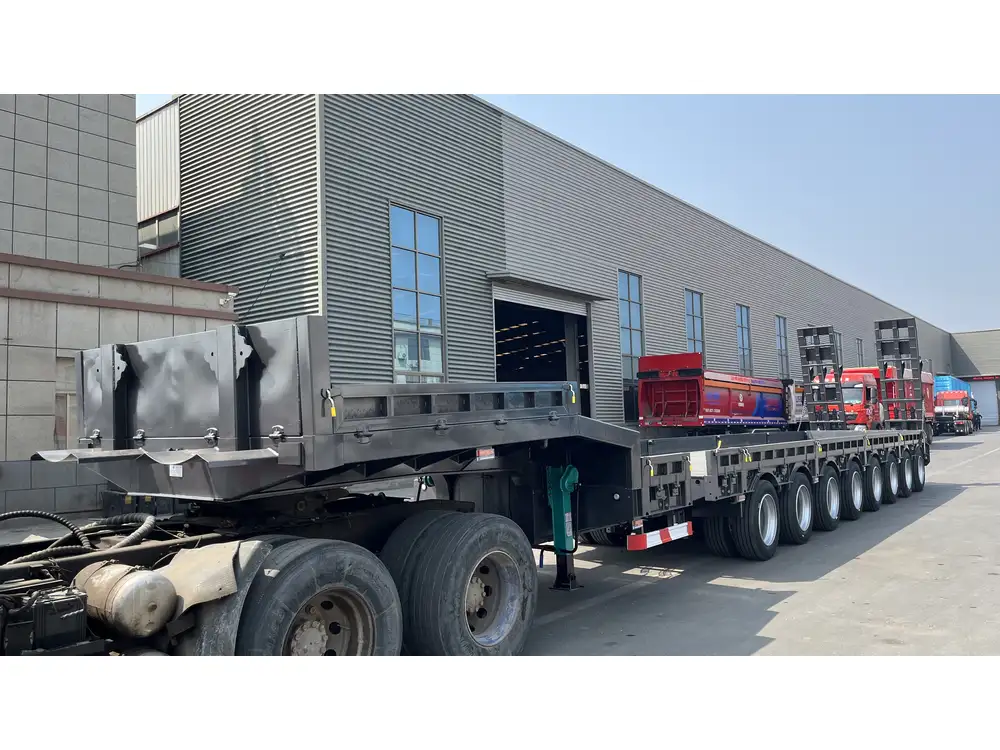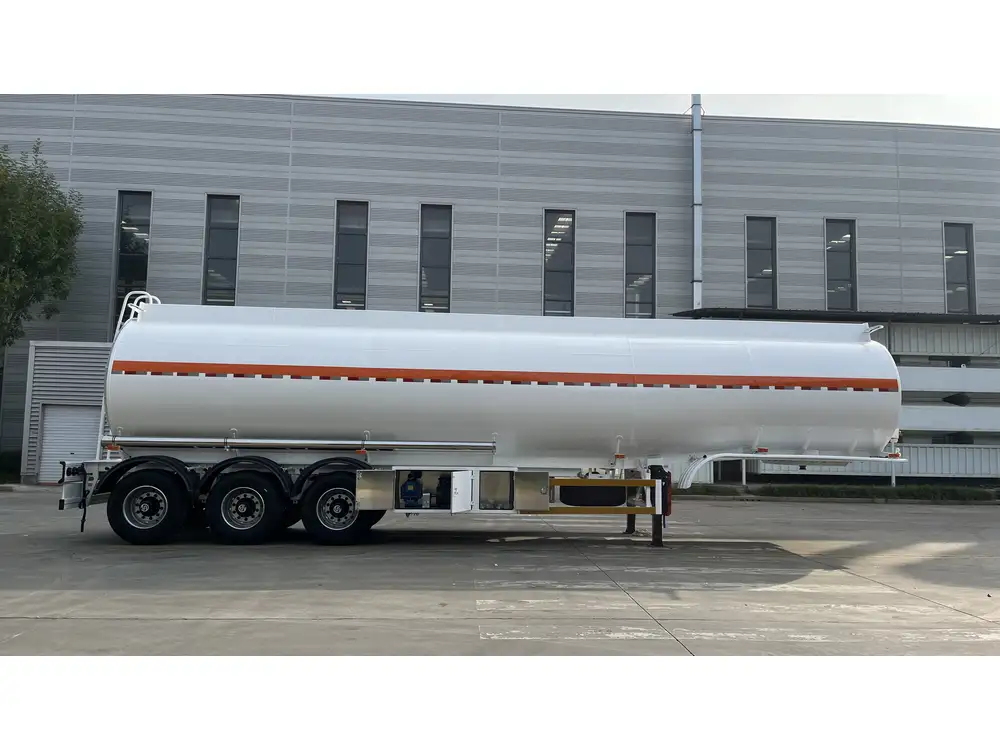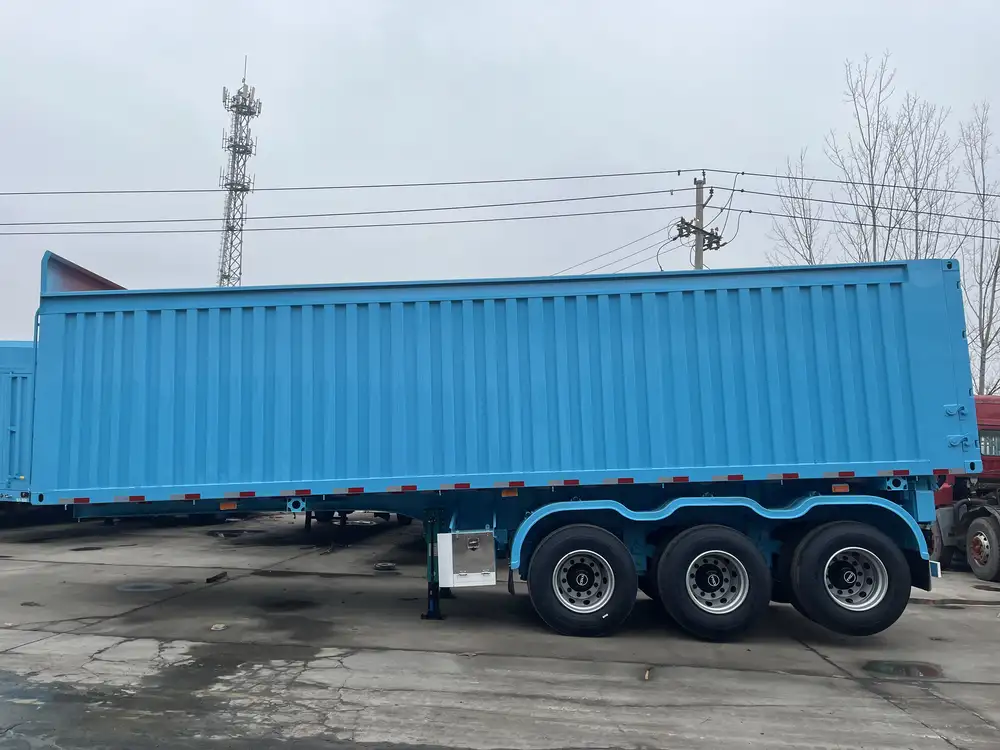Riding on a flatbed trailer may seem like an adventurous notion, especially during long hauls or casual road trips. However, before you jump on, it’s crucial to understand the legal ramifications and safety concerns associated with this practice. This article will delve into the legality, safety protocols, and best practices for flatbed trailer usage, ensuring you have the requisite knowledge to make informed decisions.
Understanding Flatbed Trailers: A Brief Overview
Flatbed trailers are a type of trailer designed without sides or a roof. They are used primarily for transporting large, heavy, or various cargo types, including construction materials, machinery, and oversized items. Due to their nature, flatbed trailers offer unique advantages and challenges when it comes to passenger safety and legality.
Types of Flatbed Trailers
| Type | Description |
|---|---|
| Standard Flatbed | The most common type; widely used for general freight. |
| Step Deck | Features a lowered deck in the middle, allowing higher cargo transport. |
| Double Drop | Slightly lower than step decks; ideal for taller loads. |
| Lowboy | Specifically designed to carry heavy machinery, with a deck that is very low to the ground. |

Legal Considerations
Federal Laws
In the United States, the Federal Motor Carrier Safety Administration (FMCSA) governs the use of commercial vehicles, including flatbed trailers. The FMCSA explicitly states that passengers are not allowed to ride in or on a commercial vehicle unless the vehicle is equipped with sufficient seating and safety restraints. This means that riding on a flatbed trailer typically violates federal safety regulations.
Key Regulations
- Occupant Safety: The FMCSA mandates that vehicles transporting passengers must have seat belts installed.
- Cargo Securement: Cargo cannot overpower or obstruct access to passenger areas.
- Commercial Driver Requirements: Commercial drivers need to adhere to stricter regulations regarding passenger transport.

State Laws
State laws can vary significantly, and understanding local regulations is essential. Many states have their rules governing riding on flatbed trailers:
- California: It is illegal for passengers to ride on the bed of a flatbed truck.
- Texas: While it may be permissible in certain circumstances, safety restraints are mandatory.
- Florida: Riders can face severe penalties for riding unrestrained on flatbeds.
To avoid legal trouble, it’s wise to consult your local Department of Motor Vehicles (DMV) or law enforcement for specific regulations applicable in your area.
Safety Concerns
Riding on a flatbed trailer poses various safety risks, warranting serious consideration:
Potential Hazards
- Falls: One of the most significant risks is falling off the trailer, which can result in severe injury or even fatalities.
- Cargo Movement: Shifting cargo can destabilize the trailer, increasing the likelihood of accidents or sudden movements.
- Wind Resistance: High-speed travel creates wind resistance that can force a rider to lose balance.
- Weather Conditions: Rain, snow, or ice can greatly increase the risk of falls or accidents during transport.

Recommendations for Safety
- Use Restraint Systems: If you must ride, always use safety gear such as harnesses or restraint systems.
- Avoid Uneven Loads: Ensure the cargo is evenly distributed to minimize sway during travel.
- Limit Speed: Maintain lower speeds to allow for greater control over potential hazards.
- Use Designated Areas: If available, always use designated seating areas equipped with safety features.
Recreational Transport: The Fine Line
There are circumstances in which riding on a flatbed may be permissible under certain recreational transport arrangements. However, it’s imperative to understand the distinction between recreational use and standard commercial transport:
Event Transportation
During events, such as parades or festivals, individuals may ride on flatbed trailers for promotional purposes. Certain states permit this under stringent regulations:
- Parade Permits: Many regions require permits to participate in parades, which may include safety stipulations regarding riders.
- Safety Trainings: Operators must often undergo training to ensure the structural integrity of the trailer supports riders safely.

Conclusion on Legality
Ultimately, while engaging in adventurous endeavors can be thrilling, the legality and safety of riding on a flatbed trailer are contentious issues. Always prioritize safety, follow local and federal legislation, and consider alternative modes of transportation where the risk of injury or legal repercussions is minimized.
Best Practices for Trailer Transportation
When it comes to utilizing flatbed trailers, manufacturers and operators should abide by certain best practices to promote safety and compliance:
Proper Cargo Loading
- Weight Distribution: Balance the load to prevent tipping or swaying.
- Securing Cargo: Use chains, straps, or nets to secure the load firmly.
- Height Considerations: Ensure that the height of the load does not exceed federal or state regulations.

Driver Training and Certification
- Regular Training Programs: Implement training focused on safe loading and maneuvering.
- Safety Protocols: Develop character-driven safety protocols to protect both drivers and passengers.
Maintenance Protocols
- Regular Inspections: Schedule routine inspections of trailers and hauling equipment.
- Tire Maintenance: Regularly check and maintain tire integrity to prevent blowouts.
Alternatives to Flatbed Riding
For those seeking an outdoor adventure, there are numerous safer alternatives to riding on a flatbed trailer:

ATVs and UTVs
Outdoor vehicles designed for multiple passengers are legal, equipped with safety features, and tailored for an exhilarating ride on various terrains.
Open Bed Pickup Trucks
Many states allow passengers to ride in the back of a properly-constructed pickup truck. However, riders should always wear seatbelts where applicable.
Recreational Trailers
Consider using utility trailers specifically designed for carrying passengers, providing enhanced safety features.

Frequently Asked Questions (FAQ)
1. Is it legal to ride on a flatbed trailer in all states?
No, the legality varies by state. It’s crucial to check local regulations, as some states may allow it under specific conditions while others strictly prohibit it.
2. What are the safety protocols if riding is allowed?
If riding is allowed, always use seatbelts, ensure proper weight distribution, and mitigate movement by securing cargo.

3. Can riding on a flatbed trailer impact insurance coverage?
Yes, engaging in unsafe practices can void insurance policies in the event of an accident. It’s essential to consult with your insurance provider.
4. What other safety measures should I take?
Always wear helmets if required, establish a safe perimeter away from edges, and avoid sudden movements, especially during turns.
Final Thoughts on Riding on Flatbed Trailers
Engaging in transportation on a flatbed trailer can be risky, both legally and physically. Understanding the laws, adhering to safety practices, and exploring safer modes of enjoyment remain pivotal. As a responsible individual, prioritize your safety and the law to foster a secure and enjoyable experience on the road. Always ensure you are well-informed before considering or participating in this practice.
Make the right decision, and keep yourself and others safe as you enjoy the open road!



